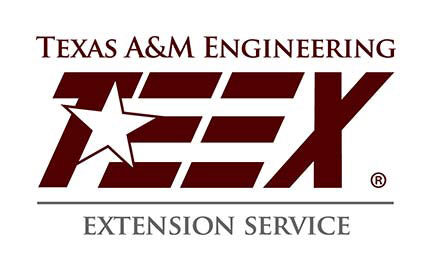California explosion demonstrates need for TEEX pipeline emergency training
The explosion of a natural gas pipeline on Sept. 9 in San Bruno, Calif., is the latest incident along the estimated 306,000 miles of gas transmission pipelines that crisscross the nation.
In June, a natural gas pipeline exploded near Cleburne, Texas, killing one construction worker and injuring three others, after a bulldozer struck the pipeline. Six of the 47 pipeline incidents in 2009 that caused death or serious injury involved the large transmission lines that transport natural gas long distances. These aging pipelines, many of which are 40 years old or older, have raised nationwide concerns about safety.
These concerns led the U.S. Department of Transportation and the National Association of State Fire Marshals to develop a curriculum in pipeline emergency response, which is part of the pipeline safety training offered by TEEX.
“Texas is the nation’s leading producer of natural gas, so it’s critical for responders to learn about pipeline safety and how to respond to pipeline emergencies,” said Program Director Gordon Lohmeyer of TEEX’s Emergency Services Training Institute.
When the national curriculum was handed off to all 50 state training agencies four years ago, TEEX was probably the best-prepared of any state to train its responders. That year TEEX had completed the construction of a 2,300-foot underground pipeline at the Brayton Fire Training Field, which includes eight above-ground training props. These training props were designed specifically for training responders to manage and mitigate pipeline emergencies and hazardous materials leaks. The unique training facility was designed and constructed with input from representatives of some of the world’s leading oil and gas industries.
“To my knowledge, we are the only training facility that has a state-of-the-art venue specifically designed to enable responders to effectively respond to pipeline emergencies. Our pipeline training props are very realistic and dedicated to training first responders from both the public and private sector,” Lohmeyer said. Leak sources include both liquid and vapor releases, which give the responders a true sense of what they could possibly face in the real world. The capstone of the pipeline training facility is a Chemical Complex complete with a loading terminal, allowing responders to use all the skills they have learned throughout their training to respond to a full-scale event, he added.
Due to the success of the TEEX pipeline training program, the Texas Division of Emergency Management (TDEM) has chosen to include the TEEX pipeline courses in the Hazardous Materials Emergency Preparedness (HMEP) grant, which is designed to train public sector employees across the state, Lohmeyer said. “We deliver about 130 courses each year on the grant for public sector employees who may be involved in transportation-related events, and this includes pipeline emergencies. The grant is designed to further the education of both paid and volunteer firefighters, public works personnel, law enforcement officers and EMS personnel.
“These recent pipeline incidents solidify the efforts put forth to train local, state and national responders for pipeline emergency situations,” he said.
